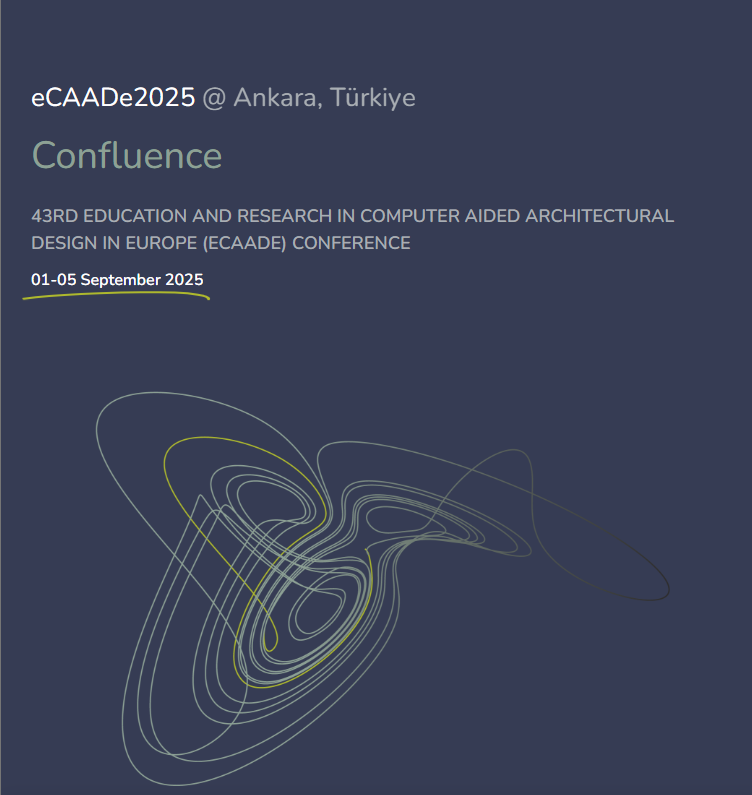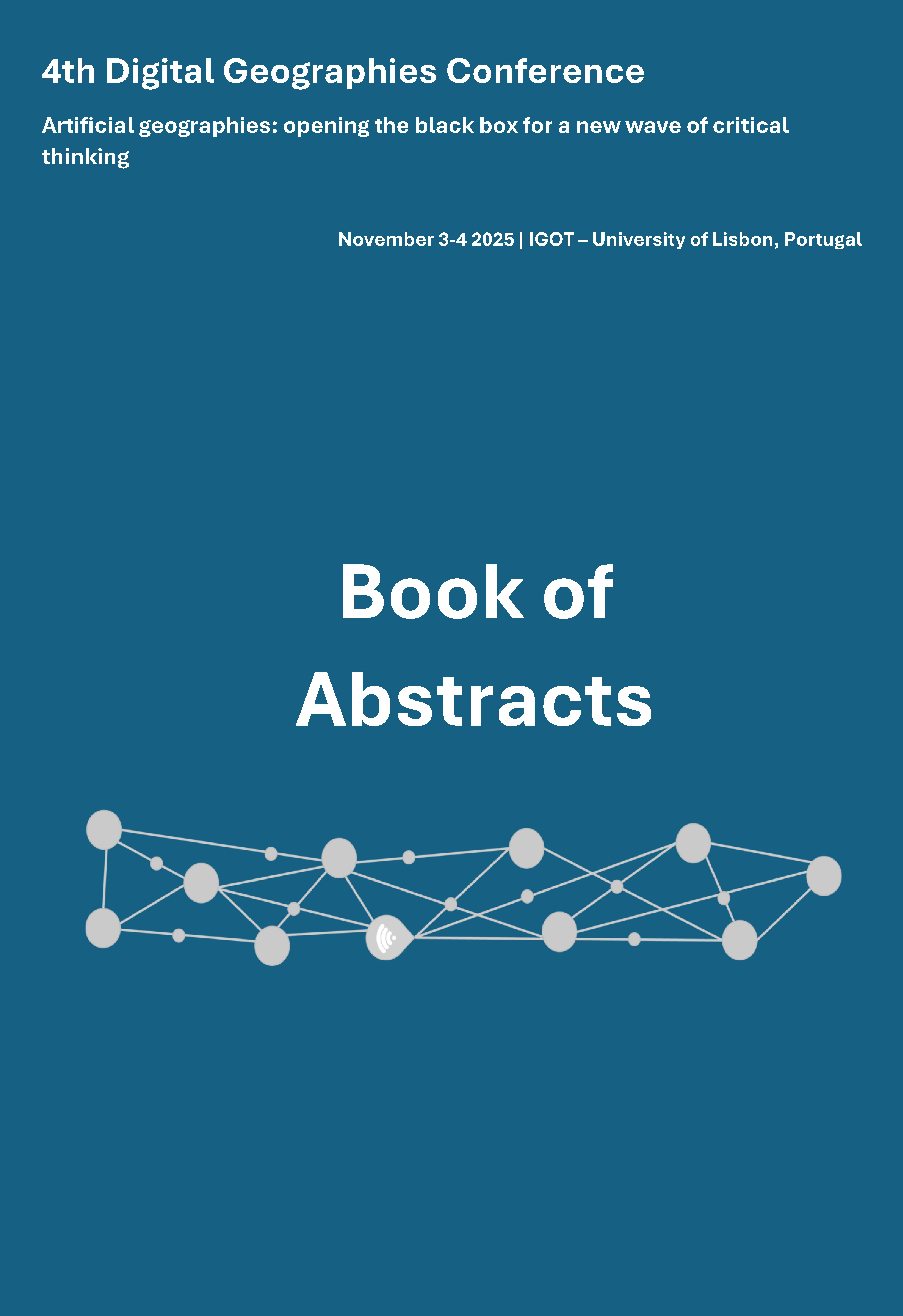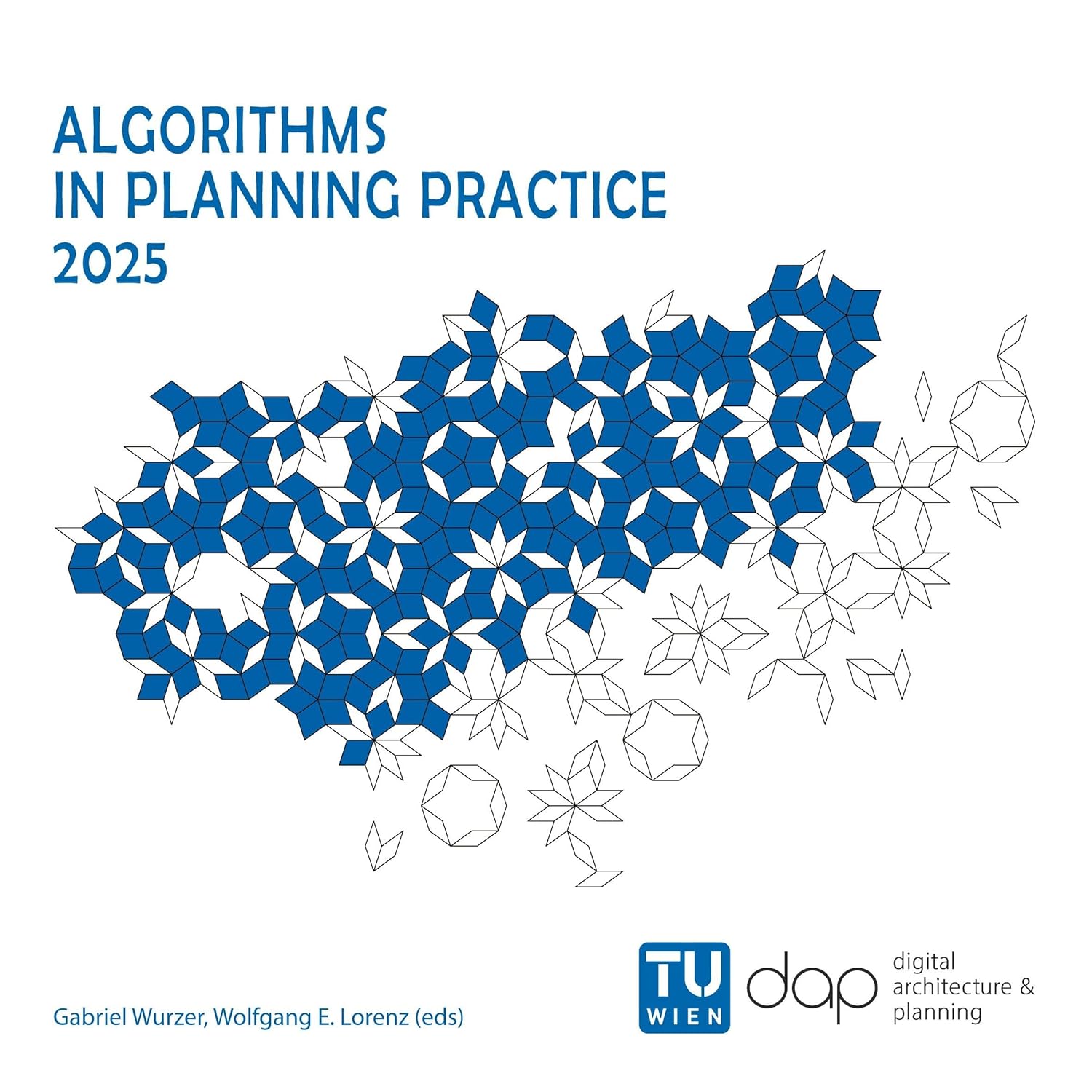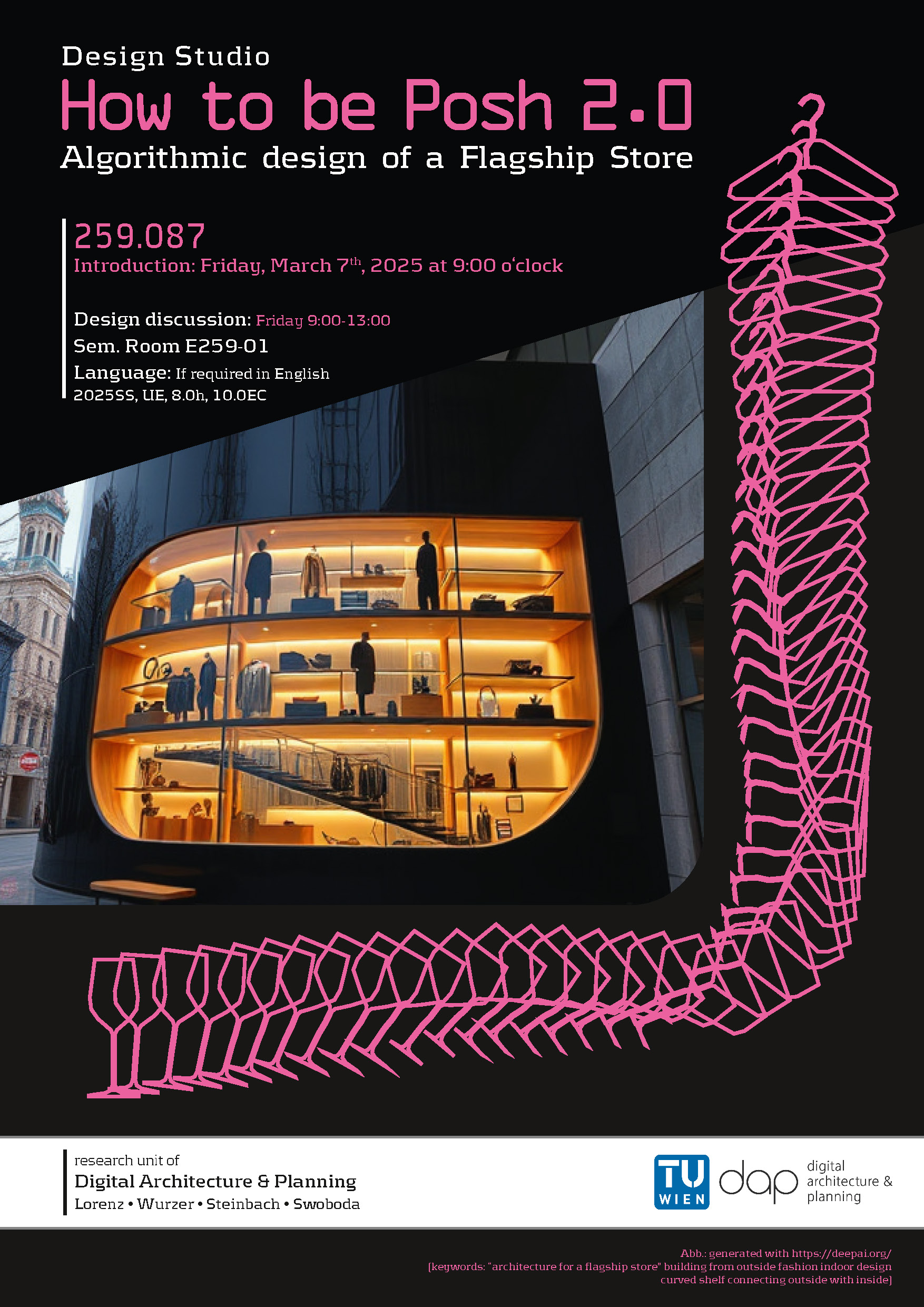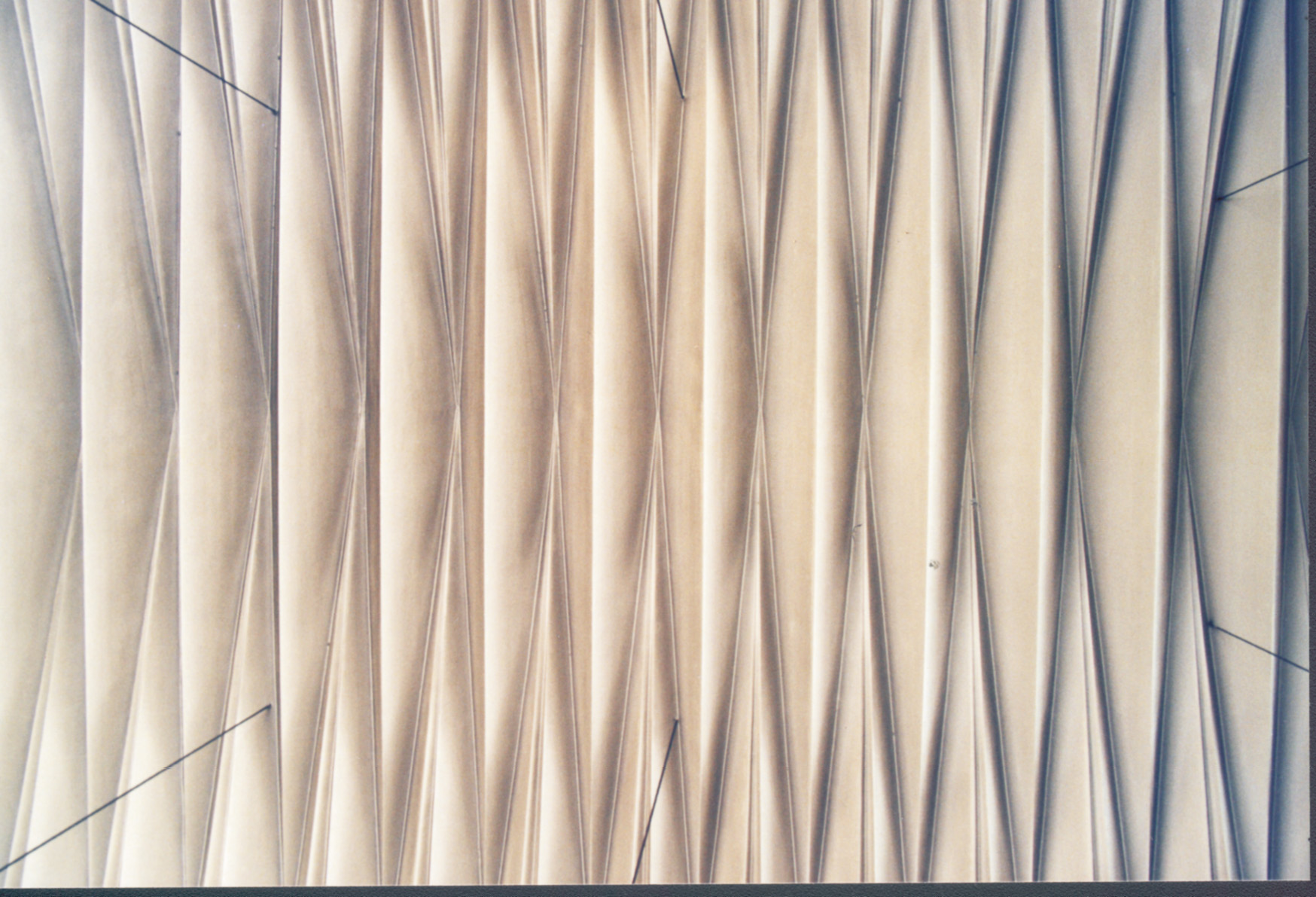2.2.4 Characteristics - A Fractal is Developed through Iterations/h3>
Self-similarity, as described before in this chapter, can be produced by iterations, which means that certain kinds of formulas or geometric principles are repeated on the previous result of the calculation or drawing respectively. Examples for geometric rules make up the fern and the Koch curve; those for fractals based on a mathematical equation produce the Mandelbrot set.
A film-camera and a television viewer in a dark room can illustrate feedback, which is a phenomenon that is produced by iterations - iterative processes are a main source for complexity. The distance should be about one meter and the cut, which is filmed, should be a little bit larger than the screen. What we then can see is an endless picture of the screen on the screen on the screen ... Now the camera is turned a little bit out of the axes. At one point the screen begins to flash. The light, which is sent out by the glowing phosphor-layer of the television viewer, is met by the lens of the camera; this produces flickering electric streams. A cable leads the electric signal to the screen where it makes some more phosphor glow. Then the next iteration starts. Depending on the adjusting knobs, like for brightness, different things may happen. Some patterns, which can then be seen on the screen, are really constant, even if a hand is held between the screen and the camera or the light is turned on and off, which means that similar pictures will again be produced only after a short time[01].

